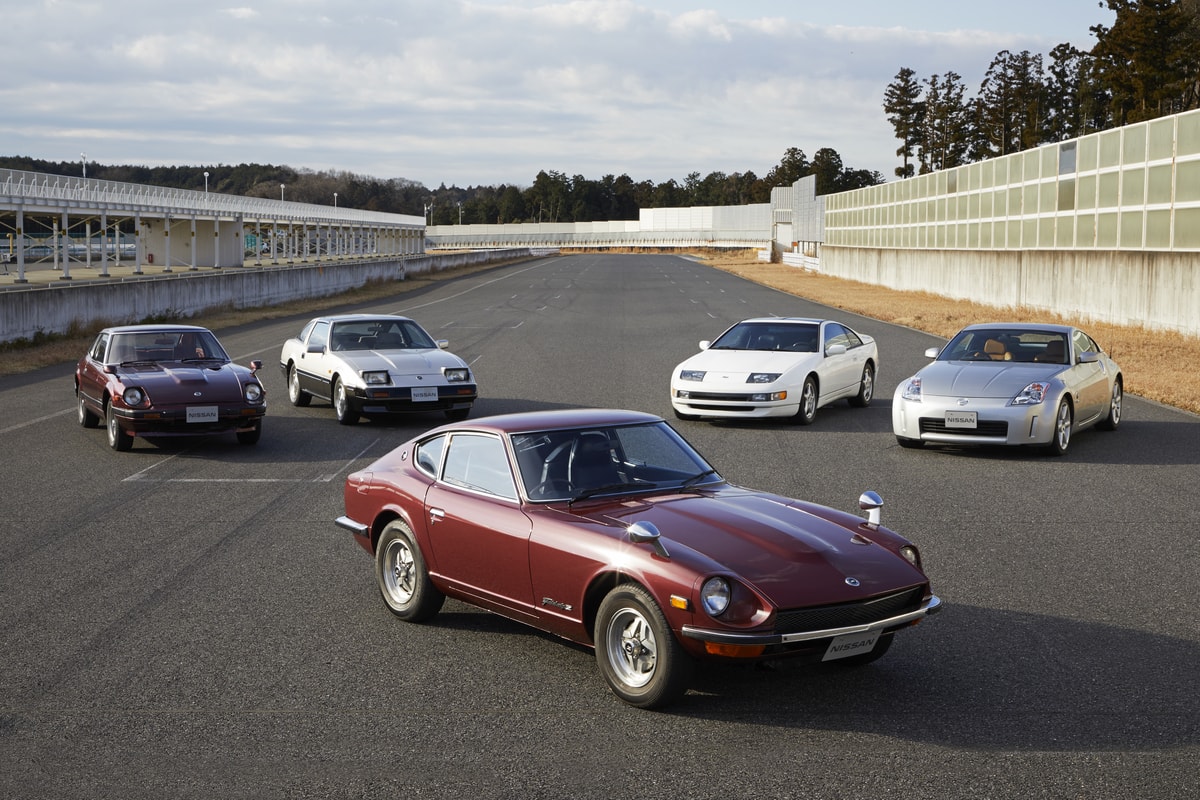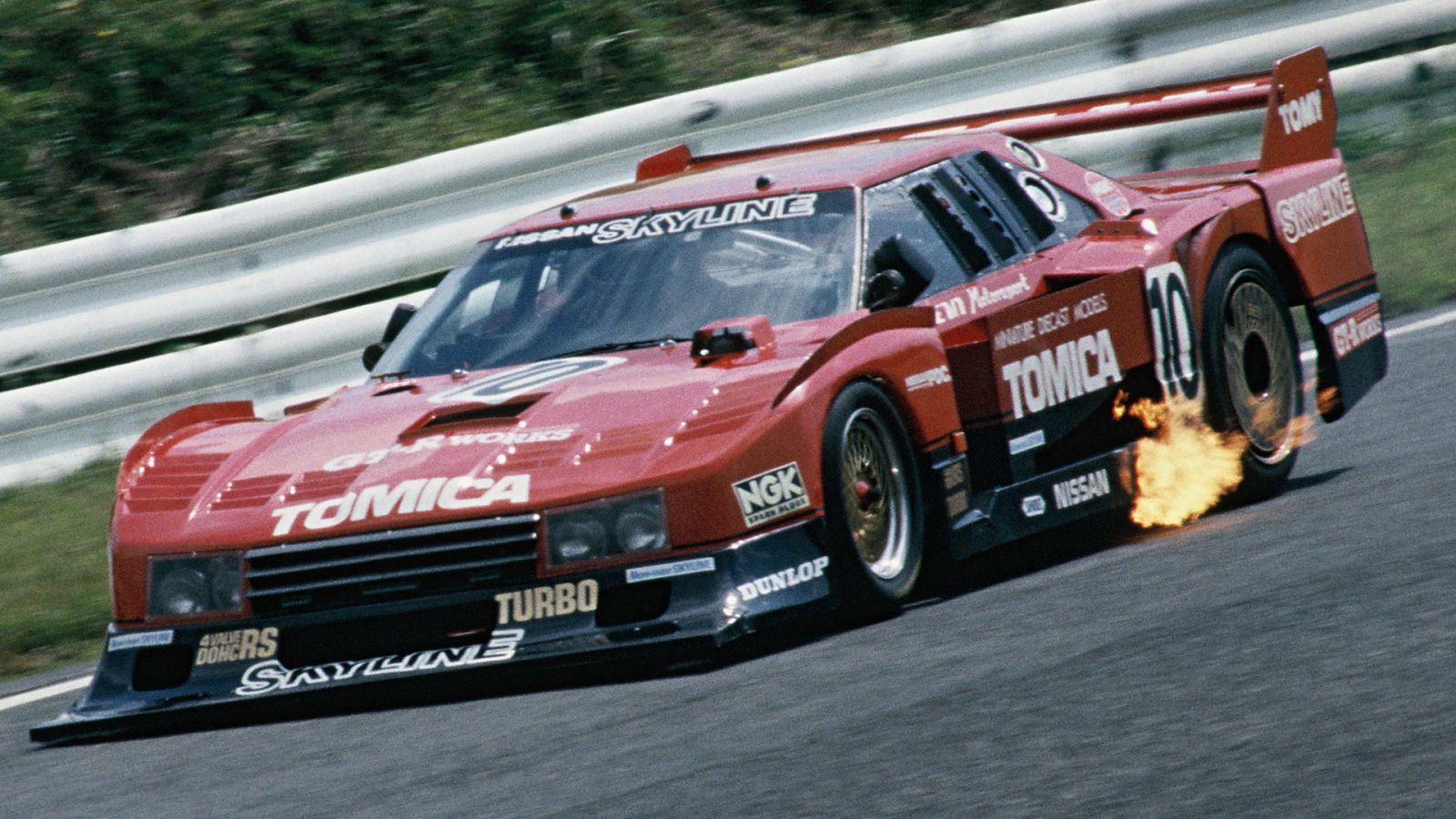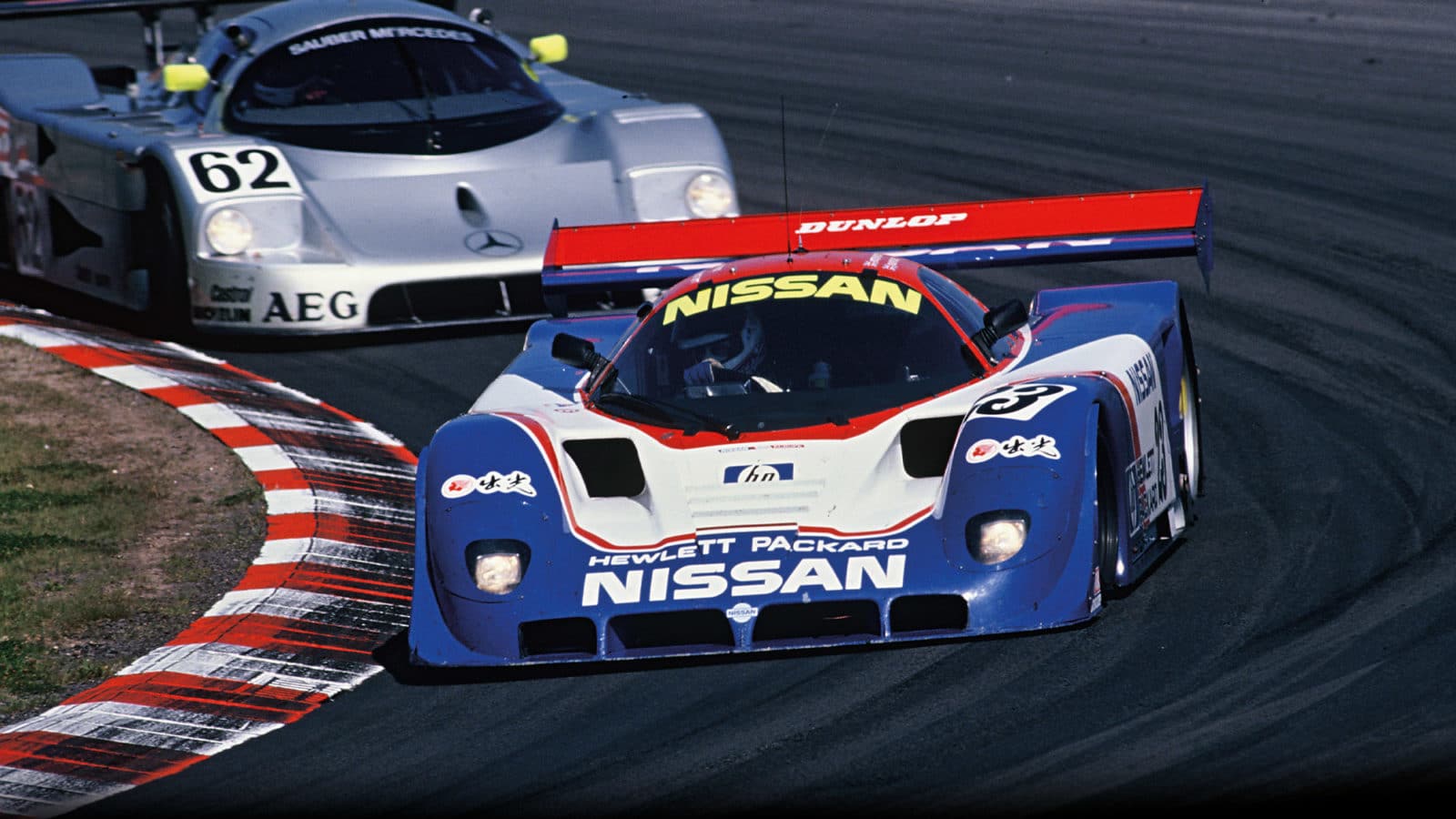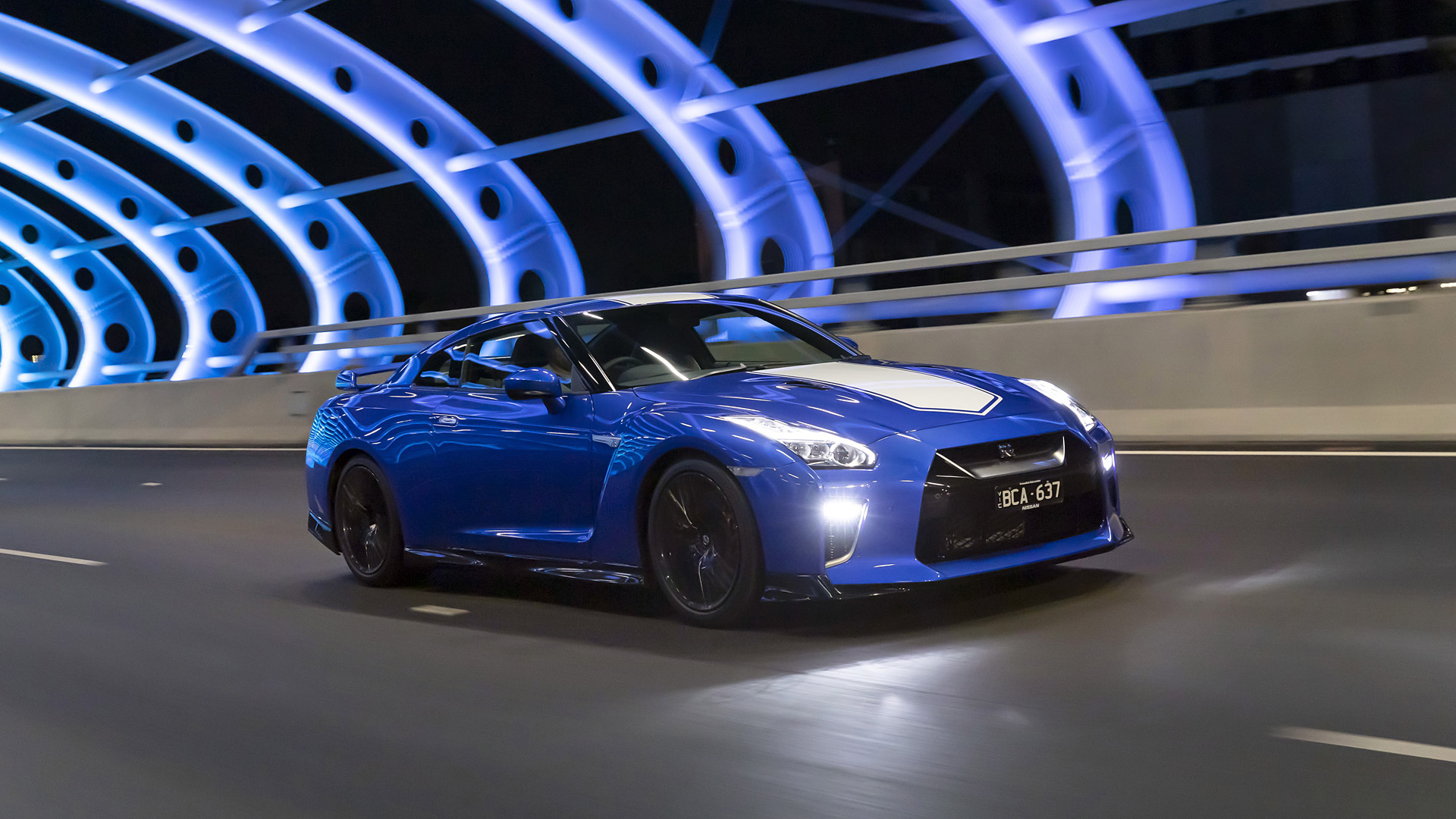Nissan

Nissan
Founded
1933
Founder
Yoshisuke Aikawa
Country
Japan
Headquarters
Nishi-ku, Yokohama, Kanagawa Prefecture

Nissan
Founded
1933
Founder
Yoshisuke Aikawa
Country
Japan
Headquarters
Nishi-ku, Yokohama, Kanagawa Prefecture
About this brand
Discover the history
Nissan’s automotive history began in 1933 when the company, initially named Jidosha-Seizo Co., Ltd, was established. Shortly thereafter, it was renamed Nissan Motor Company, reflecting its aspirations to produce vehicles under the Datsun name. The Datsun brand was well-known for producing reliable, affordable compact cars and became the cornerstone of Nissan’s early success. During the post-war era, Nissan focused on producing practical vehicles for Japan’s growing market, but it was also eyeing international expansion. In the 1950s, the company partnered with British carmaker Austin to improve its technology and broaden its lineup. By 1958, Nissan demonstrated its engineering prowess when the Datsun 210 won its class in the grueling Australian Rally, proving the durability and performance of its vehicles on a global stage.
Throughout the 1960s and 1970s, Nissan became synonymous with innovation, design, and motorsport success. One of the most iconic models launched during this period was the Nissan Skyline, which initially appeared under the Prince Motor Company name before Prince merged with Nissan in 1966. The Skyline GT-R made its motorsport debut in 1969, immediately gaining a reputation for performance and reliability. This car helped lay the groundwork for the creation of Nissan’s motorsports division, NISMO, which was formally established in 1984.
Nissan’s motorsport journey expanded significantly with the creation of NISMO (Nissan Motorsports International). Founded to streamline Nissan’s racing efforts, NISMO became a key player in both domestic and international motorsport. NISMO developed high-performance versions of Nissan road cars while simultaneously participating in top-tier racing competitions, including endurance events such as the 24 Hours of Le Mans and Japan’s Super GT Championship. The R32 Nissan Skyline GT-R, known as “Godzilla” for its fearsome dominance in racing, was a major highlight. Between 1990 and 1993, the R32 Skyline GT-R won the Australian Touring Car Championship, cementing Nissan’s reputation as a motorsport powerhouse.




Nissan’s involvement in global motorsport included other major events like the FIA GT1 World Championship and endurance racing. NISMO’s innovations in vehicle technology and aerodynamics contributed to Nissan’s competitiveness in Le Mans, where the marque achieved multiple podium finishes in various GT and prototype classes. Moreover, the Nissan DeltaWing prototype, with its radical design, made headlines in 2012 for challenging traditional racing norms, pushing the boundaries of efficiency in endurance racing.
On the road, Nissan expanded its lineup with models like the Z-series (240Z, 350Z, and 370Z), which became iconic among sports car enthusiasts. In the 21st century, the Nissan GT-R (R35), launched in 2007, continued the legacy of high-performance cars associated with the brand. The R35, often referred to as a supercar killer due to its performance that rivaled much more expensive cars, became a staple in the automotive world.
In parallel to its motorsport activities, Nissan also pioneered electric vehicle (EV) technology with the Nissan Leaf, launched in 2010. The Leaf became the best-selling EV globally, highlighting Nissan’s commitment to sustainable innovation while balancing its rich motorsport heritage.
Nissan’s legacy in motorsport and road car production remains strong, underpinned by a commitment to performance, durability, and innovation. The company’s ability to balance high-performance cars, like the GT-R, with practical and environmentally friendly vehicles, such as the Leaf, underscores its dynamic approach to the automotive world. NISMO continues to push the boundaries of racing and performance engineering, keeping Nissan’s racing heritage alive well into the future.




